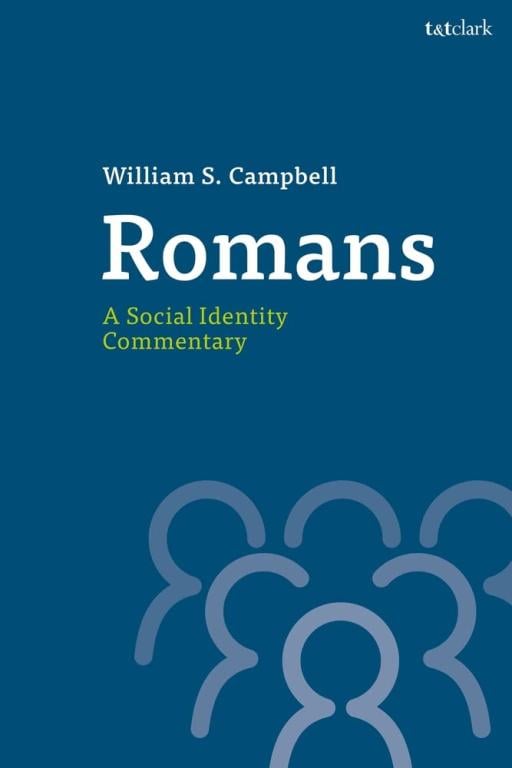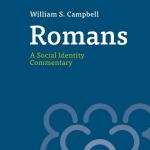Q. I’ve supervised two students now who applied Social Identity Theory to two very different portions of the New Testament very successfully. What do you see as the major benefit of applying this methodology to the letters of Paul?
A. People thrive best in groups- we need others whether we admit it or not .The power of Christianity resides not in its stress upon individuality in our relation to God, but in Christ who enables vastly differing nations and individuals to work in harmony to a common purpose. It is one of the great insights of SIT that the individual gets his/her own sense of identity from the group-the source of the (individual’s) identity. By this the individual’s identity is not negated or denied-it merely recognizes their sources, and his/her dependence on the group or groups in which he/she originated and in which he/she was nurtured. SIT emphasizes the importance of what an individual has in common with others. Belonging and being committed to a group does not inherently mean to be antagonistic towards others who belong to other groups. There is no inherent connection between in-group identity and out-group antagonism. In-group commitment does not necessarily lead to intolerance against other groups, rather the opposite, to be rooted and belong somewhere strengthens and empowers the individual to be open to, rather than to be threatened by others who are and remain different.
Since Paul addresses groups of Christ-followers and at certain points their relation to other groups it seems that SIT with its focus on the social aspect of life is an obvious choice to apply to this area. It contributes to the analysis of the relation of the individual and the group as well as inter-group dynamics, and helps us to understand processes of differentiation as well as commonality within and between groups. Other approaches, though valuable and useful in their own right, do not specifically focus on group processes or may do so from a doctrinal or theological perspective. SIT concentrates on such processes from a sociological perspective and has the potential of bringing to light aspects overwise not seen or appreciated.
Q. What is a super-ordinate identity, and is this the same thing as collective or social identity?
Super-ordinate identity is a category from social identity theory to clarify that there can be a number of different groups who nevertheless share a common belonging. These groups have a collective identity, also called a sub-group identity, as e.g. countries within the European Union. These retain their national, collective identity and as such they share the European superordinate identity with all other nations belonging to this union without giving up their own national (sub-group or collective) identity. Social identity is the aspect of the identity of an individual that he or she derives from belonging to a group. But in the case of European it does not mean that they are not also French, Italian or German since they are not required to renounce these regional identities in order to be called European. In fact , if they did not have e.g. a French, German or Italian Identity, they could not call themselves European. In this sense the ‘in Christ’ identity is similar; to be in Christ in Paul’s time one is either Jewish or non-Jewish, and to be in Christ does not deny either of these, and should not be perceived to be in opposition to either. ‘In Christ’ is not in this sense, another competing identity designation.













